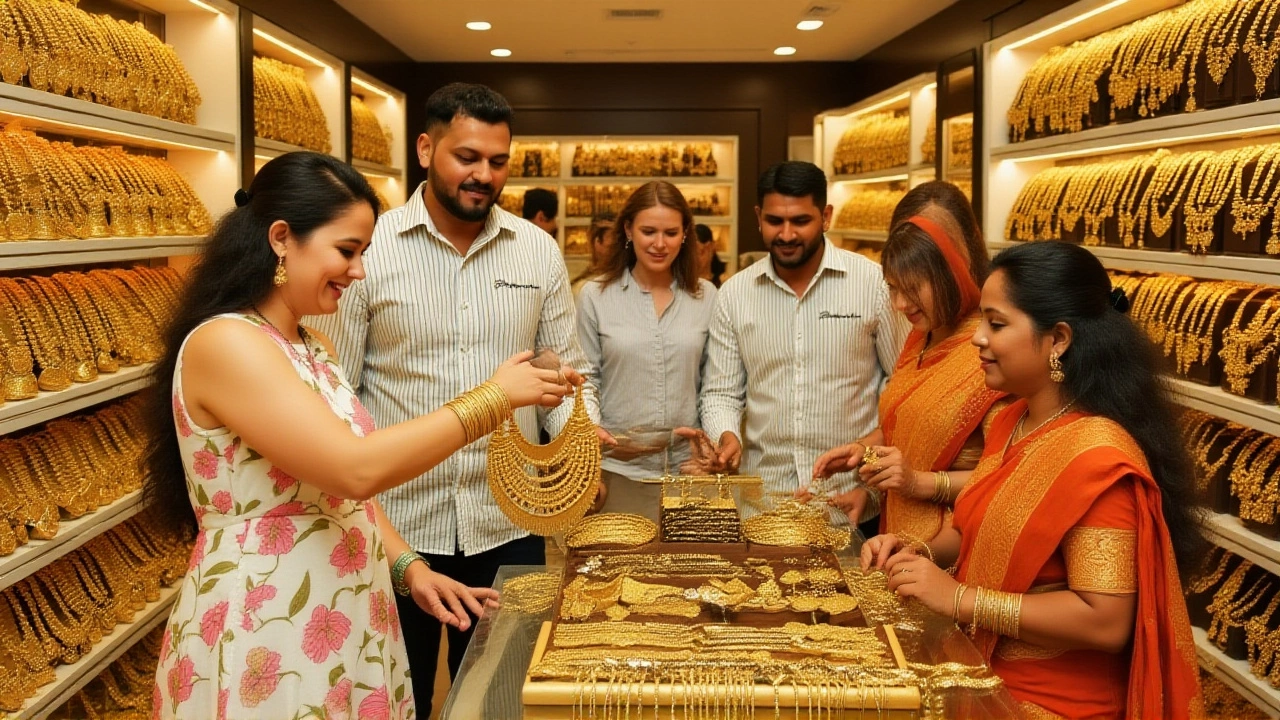Gold – Your Guide to the Shiny Asset
When exploring gold, a yellow precious metal valued for its rarity, durability, and cultural importance. Also known as aurum, it has been the basis of coins, ornaments, and savings for centuries. Gold belongs to a broader group called precious metals, metals like silver and platinum that are rare, dense, and highly valued, and it stands out because of its resistance to corrosion and its unique luster.
Why gold matters in finance, fashion, and the economy
People treat gold as a safe haven gold investment. When stock markets wobble, investors often buy gold to protect their wealth, creating a direct link between investment, the act of allocating money to assets in expectation of future gain and the metal’s price. The daily gold price, the market value of gold per ounce, expressed in major currencies reacts to everything from geopolitical tension to interest‑rate changes, which then feeds back into investment decisions. At the same time, gold fuels the jewelry industry; designers turn the metal into rings, necklaces, and cultural symbols, so a rise in the gold price can push jewelry costs higher. This creates a three‑way connection: gold price influences investment appetite, investment flows affect gold demand, and jewelry makers adjust their collections based on both market and consumer sentiment. On the supply side, gold mining, the extraction of gold ore from underground or open‑pit mines supports jobs in regions from South Africa to the Americas, linking the metal to local economies and global trade.
All these threads—precious metal classification, market pricing, investment roles, jewelry design, and mining operations—form a web that makes gold more than just a shiny rock. Below you’ll find a mix of articles that touch on the cultural, financial, and practical sides of gold, from how its price moves in real time to how it decorates celebrations and secures savings. Dive into the collection to see how this timeless element still shapes today’s world.



